-
PDF
- Split View
-
Views
-
Cite
Cite
Content Snapshots, Annals of Botany, Volume 126, Issue 7, 25 November 2020, Pages i–ii, https://doi.org/10.1093/aob/mcaa188
Close - Share Icon Share
Seed size, number and strategies in annuals (Research in Context)
Annals of Botany 126: 1109–1128, 2020
doi: 10.1093/aob/mcaa151
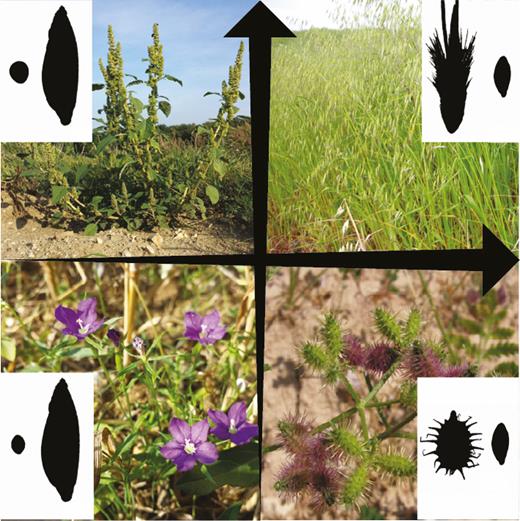
Plants depend fundamentally on establishment from seed. Protocols in trait-based ecology currently estimate seed size but not seed number. For annuals, seed number is simply a positive function of vegetative biomass and a negative function of seed size. Hodgson et al. use functional traits to produce predictor equations for seed number per plant. Subsequently, they explore the ecological significance of seed number in local floras and, to allow others to do likewise, comparative estimates of seed number are published for over 800 species of annuals.
Authors: John G. Hodgson, Gabriel Montserrat Marti, Bozena Šera, Glynis Jones, Amy Bogaard, Mike Charles, Xavier Font, Mohammed Ater, Abdelkater Taleb, Bianca Santini, Younes Hmimsa, Carol Palmer, Peter Wilson, Stuart Band, Amy Styring, Charlotte Diffey, Laura Green, Erika Nitsch, Elizabeth Stroud, and Gemma Warham
Corner’s rules pass the test of time: leaf–shoot and other scaling relationships
Annals of Botany 126: 1129–1139, 2020
doi: 10.1093/aob/mcaa124
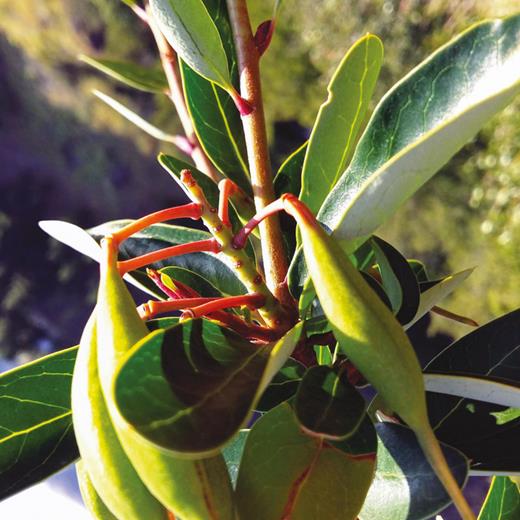
Woody plants range from small-leaved, intricately branched species with slender stems to large leaved, coarsely branched ones with thick stems. This universal scaling pattern is known as Corner’s rule. Fajardo et al. study the twig leaf area–cross sectional area (la–cs) and other scaling relationships across a complete growing season in six temperate woody species in southern Chile. Their results show that scaling relationships remain invariant across the growing season, although they vary significantly across growth forms and foliar habits. The identification of these functional factors helps to understand variation in the general trend of Corner’s rules.
Authors: Alex Fajardo, Juan P. Mora, and Etienne Robert
For a commentary on this article, see this issue pp. iii–iv.
Flowering time shifts and species in the Cape flora Restionaceae
Annals of Botany 126: 1141–1153, 2020
doi: 10.1093/aob/mcaa129
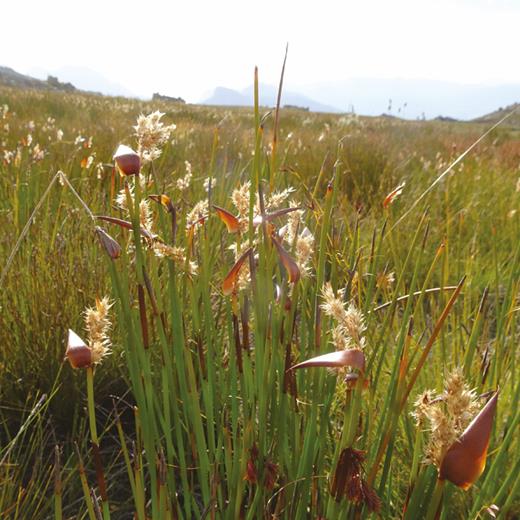
Flowering is a striking angiosperm phenophase, but the drivers and consequences of flowering time changes are poorly known. Linder explores this issue in the wind-pollinated Restionaceae of the hyperdiverse Cape flora. Using 934 community samples and an almost complete phylogeny and species flowering time dataset, he shows that restios flower throughout the year, with large spring and smaller autumn peaks, and that species flowering time is evolutionary labile, poorly explained by the environment or species traits. Fifty-three of 112 sister-species are allochronic, suggesting that allochronic speciation may drive flowering time shifts, but community mean flowering time may be environmentally selected.
Author: H. Peter Linder
Diel rhythms of an African orchid relative to activity of hawkmoth pollinators
Annals of Botany 126: 1155–1164, 2020
doi: 10.1093/aob/mcaa132
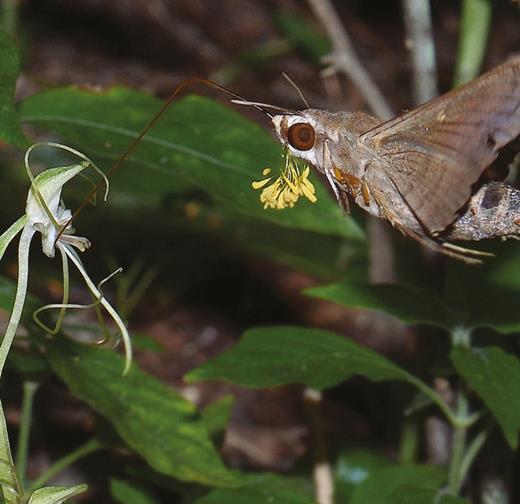
Temporal dimensions of floral adaptation to pollinators are not well understood. Balducci et al. investigate whether diel patterns of pollinator visitation to flowers of the African woodland orchid are synchronized with rhythms of floral anthesis, scent emission and nectar availability. Bonatea polypodantha (Orchidaceae) is pollinated exclusively by short-tongued hawkmoths. Flowers also received visits by long-tongued hawkmoths, but these act as nectar thieves. Camera footage revealed a crepuscular pattern of foraging by short-tongued hawkmoths with peaks of activity during the twilight periods at dusk and at dawn. In contrast, long-tongued hawkmoths were found to visit flowers throughout the night. Flowers exhibit unimodal peaks of anthesis, scent emission and nectar availability before dusk. Thus floral phenophases of the orchid are closely synchronized with the peak of pollinator activity at dusk.
Authors: Marco G. Balducci, Timotheüs Van der Niet, and Steven D. Johnson
Defoliation has legacy effects on tree reproduction
Annals of Botany 126: 1165–1179, 2020
doi: 10.1093/aob/mcaa137
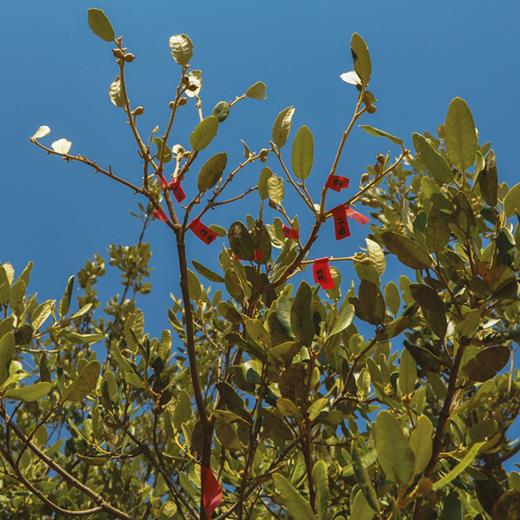
Massive fructification during some years can modify resource allocation to other functions. Using experimental defoliation to manipulate resources in holm oak trees, Le Roncé et al. examine the regulation of resource allocation to reproduction and growth at fine scales (shoot and branch) all along the reproductive cycle. They find that allocation is regulated at a scale higher than the shoot and that resource limitation has larger legacy effects on reproduction than immediate effects. Their results suggest that resource allocation trade-offs across years at an intra-individual scale must be considered to understand global warming impacts on the fecundity of trees.
Authors: Iris Le Roncé, Maude Toïgo, Elia Dardevet, Samuel Venner, Jean-Marc Limousin and Isabelle Chuine
Natural enemies alter seedling functional composition
Annals of Botany 126: 1181–1191, 2020
doi: 10.1093/aob/mcaa138
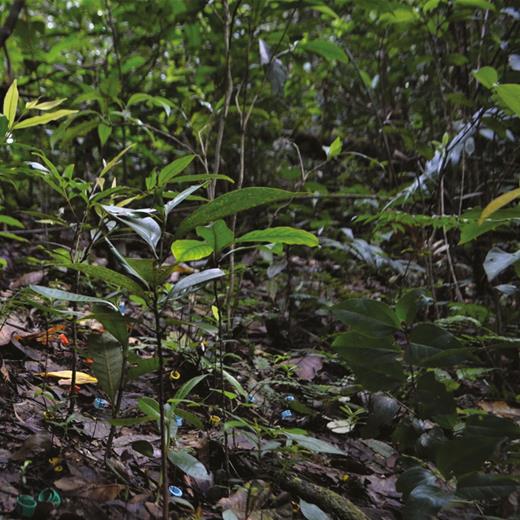
Tree communities in fragmented forest see an increase in small-seeded, thin-leaved species that rapidly acquire resources and grow faster than larger-seeded, thicker-leaved species. These changes happen most prominently near forest edges, but the mechanisms remain unclear. Krishnadas et al. find that diminished effect of insects and fungi during seedling recruitment played a key role in regulating functional composition and diversity of new seedlings at different distances from the forest edge. Natural enemies played a more prominent role than light, showing how changes to key biotic interactions near forest edges can affect the future of tree communities in human-modified forest.
Authors: Meghna Krishnadas, Kavya Agarwal, and Liza S. Comita
GWAS on salt removal ability in rice leaf sheaths
Annals of Botany 126: 1193–1202, 2020
doi: 10.1093/aob/mcaa139
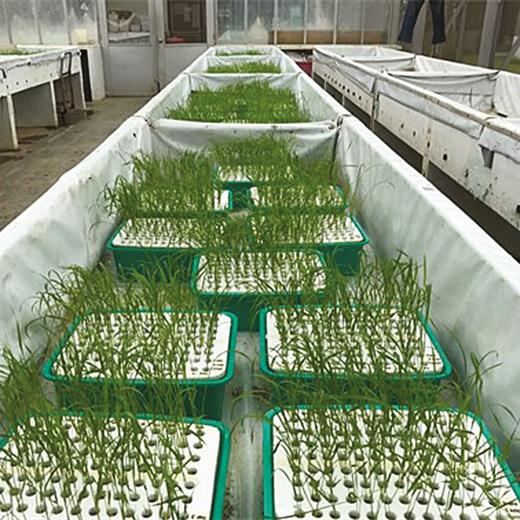
In rice, the salt removal ability in leaf sheaths is an important key trait for plant survival and salt tolerance under salinity. To understand the molecular mechanism, Neang et al. conduct a genome-wide association study (GWAS) to find single base variations in DNA sequences between different rice varieties. Their GWAS study successfully found variations positively associated with Na+ removal in leaf sheaths. A number of candidate genes were identified in the regions of the DNA single base variation. These candidate genes are potential targets for further molecular studies and breeding programs to develop superior salt-tolerant rice varieties.
Authors: Sarin Neang, Marjorie de Ocampo, James A. Egdane, John Damien Platten, Abdelbagi M. Ismail, Masahide Seki, Yutaka Suzuki, Nicola S. Skoulding, Mana Kano-Nakata, Akira Yamauchi, and Shiro Mitsuya
Mating system does not predict ecological niche or range size in Epipactis
Annals of Botany 126: 1203–1214, 2020
doi: 10.1093/aob/mcaa142
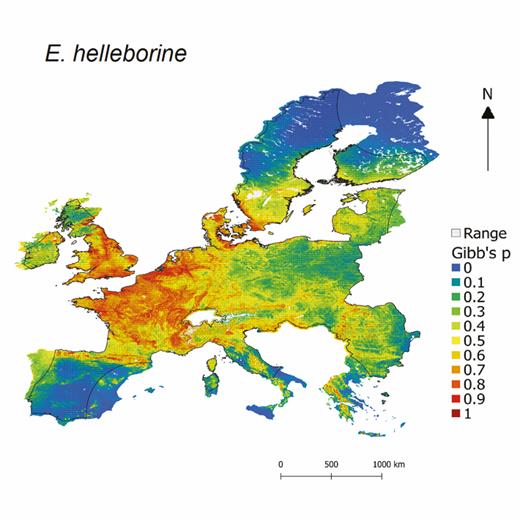
The geographical distributions of plants are not only limited by habitat structure, but also by species-specific features such as mating system. Evans and Jacquemyn use ecological niche modelling to investigate whether distribution and niche breadth were related to mating system of 14 species of the orchid genus Epipactis. Although geographic distribution and niche breadth varied substantially among the investigated species, they found no significant differences in these measures between selfing and outcrossing species. Factors such as mycorrhizal specificity and availability may be more important than mating system in explaining occurrence and niche breadth in Epipactis and orchids in general.
Authors: Alexandra Evans and Hans Jacquemyn
Functional principles of baobab fruit pedicels
Annals of Botany 126: 1215–1223, 2020
doi: 10.1093/aob/mcaa149
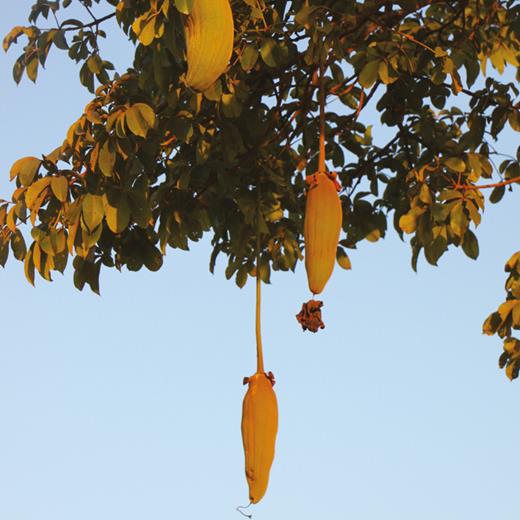
The peculiar baobab tree (Adansonia digitata) bears large fruit on very long pedicels. Lautenschläger et al. investigate how the anatomical structure and mechanical properties of the bast fibre bundles in the pedicel are set up for adapting this organ to the mechanical loads caused by, for example, wind. They used various visualization and measurement methods such as µ-CT, scanning electron microscopy and tension tests. They discovered that the interesting structural arrangement as well as the combination of high density and high microfibril angle of the bast fiber bundles are most likely optimized for bearing high strains and high tension loads.
Authors: Thea Lautenschläger, Markus Rüggeberg, Niclas Noack, Katherina Bunk, Monizi Mawunu, Thomas Speck, and Christoph Neinhuis



